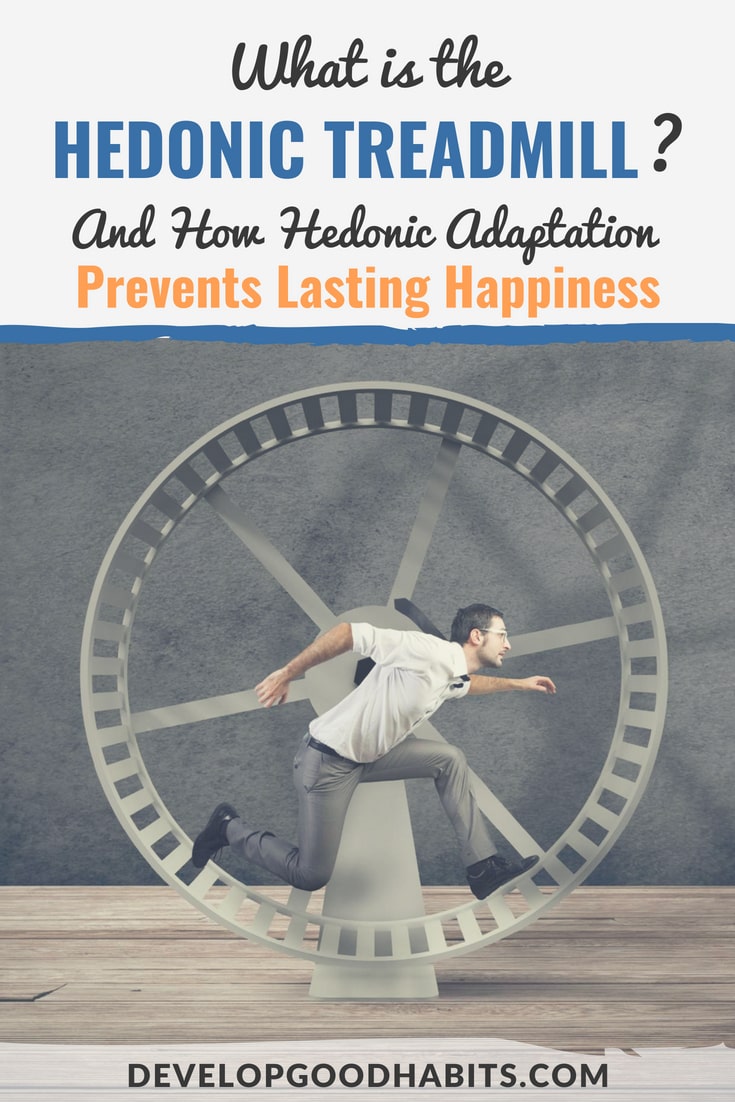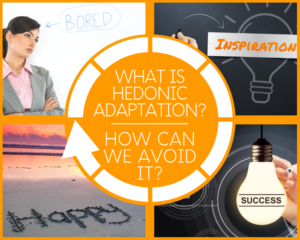


We buy something and use it for a while until it becomes familiar and mundane, then we buy something else thinking it will make us happy. This is why many people seek so much variety in what they consume. And when people pay more attention to something enjoyable, they tend to enjoy it more. This is because of something well-known to psychologists: When something seems new, people pay more attention to it. We found that those who ate with chopsticks enjoyed the popcorn a lot more than the others, even though both groups were told to eat at the same slow pace. While half were told to eat the normal way, one kernel at a time, the rest used chopsticks. In one study, we asked 68 participants to eat some popcorn. Some restaurants allow customers to eat food in bed. In a series of studies soon to be published in Personality and Social Psychology Bulletin, we found that consuming things in unconventional ways enhances enjoyment of them. Wouldn’t it be great to get some of that initial enjoyment back? Then think about how much you enjoy them today. Look around and think of how much you initially enjoyed the things that surround you. This satiation, known as hedonic adaptation, occurs for nearly everything that makes us happy. But a month later, that sensation is gone. Or you buy a new car and think it will make you smile every time you drive it for years. But a minute later, you’re barely noticing the taste as you drink it. The delicious flavor is nearly overwhelming. You crack open a bottle of your favorite drink and put it to your lips.


 0 kommentar(er)
0 kommentar(er)
